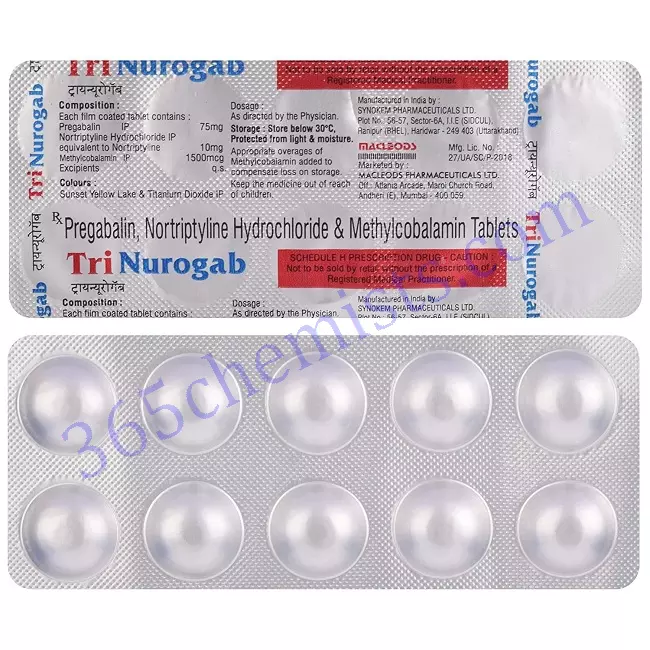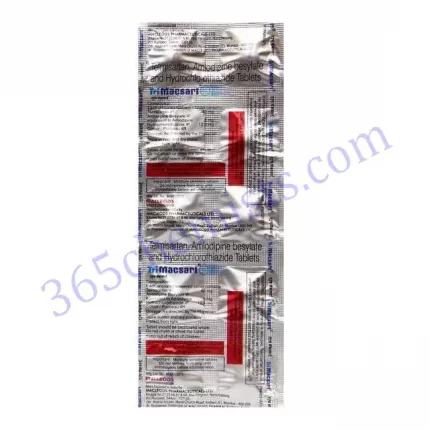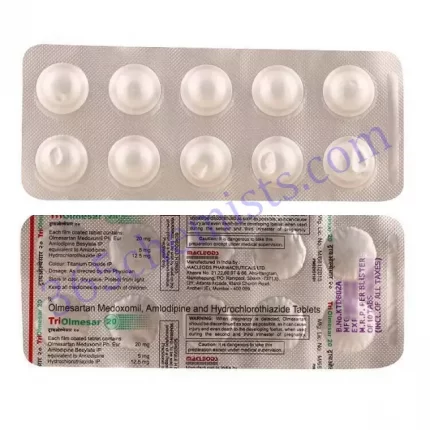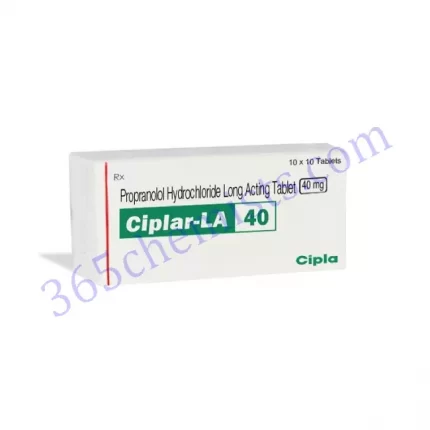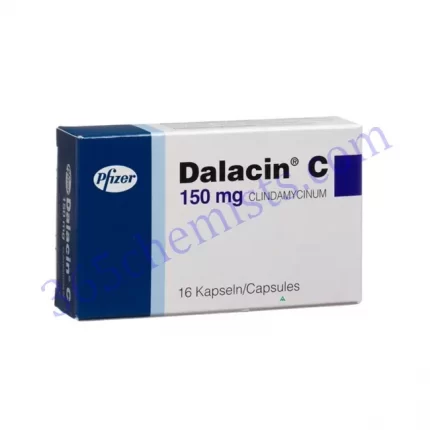Trinurogab Tablet: An Overview of Pregabalin, Nortriptyline, and Methylcobalamin Combination Therapy
A medication called Trinurogab Tablet combines the therapeutic benefits of three different medications: pregabalin, nortriptyline, and methylcobalamin. Trinurogab Tablet is a topic that will be covered in great detail in this article. Topics that will be covered include its composition, how it works (its mechanism of action), indications, dosage, potential side effects, and precautions.
Composition and Mechanism of Action:
Pregabalin, Nortriptyline, and Methylcobalamin are the three active ingredients that can be found in the Trinurogab Tablet. By binding to calcium channels in the central nervous system, the anticonvulsant medication pregabalin can assist in the alleviation of pain that is associated with nerves. Nortriptyline is a type of antidepressant known as a tricyclic. It works by elevating the levels of the neurotransmitters serotonin and norepinephrine in the brain, which reduces the sensation of pain and lifts one’s mood. Methylcobalamin is a type of vitamin B12 that is known for its important function in nerve function as well as nerve regeneration.
Indications and Usage:
The management of neuropathic pain caused by a variety of conditions, such as diabetic neuropathy, post-herpetic neuralgia, and fibromyalgia, is the primary purpose for which the Trinurogab Tablet is indicated. Because it combines the analgesic properties of Pregabalin and Nortriptyline with the neuroregenerative effects of Methylcobalamin, it is also prescribed for the treatment of depressive disorders.
Dosage and Administration:
The recommended dosage of Trinurogab Tablet should be individualised for each patient based on the severity of their symptoms, as well as their condition and response to treatment. It is absolutely necessary to take the medication exactly as directed by the healthcare professional, both in terms of the dosage and the length of time.
Oral administration of one Trinurogab Tablet daily is the starting dose that is typically recommended for the treatment of neuropathic pain. The patient’s response and level of tolerance will determine whether or not the dosage needs to be changed. It is imperative that one seeks the advice of a qualified medical professional regarding the correct dosage instructions.
The recommended amount of Trinurogab Tablet to take in order to treat depressive disorders can be adjusted. The appropriate dosage will be determined by the healthcare professional based on the specific condition of the patient as well as the patient’s response to treatment.
Side Effects:
Trinurogab Tablet could potentially cause a variety of unwanted side effects; however, not everyone will experience these effects. Drowsiness, dizziness, dry mouth, constipation, blurred vision, weight gain, and changes in appetite are common unwanted effects that can occur when taking this medication. These adverse effects are, in most cases, mild and only temporary. However, it is imperative to seek medical attention from a trained professional if they continue or get worse.
Alterations in mood, thoughts of suicide, allergic reactions, and effects on the cardiovascular system are some of the more serious adverse reactions that may be brought on by taking Trinurogab Tablet. If any of these potentially life-threatening side effects manifest themselves, immediate medical attention is required.
Effectiveness and Clinical Considerations:
In the treatment of neuropathic pain brought on by conditions such as diabetic neuropathy, post-herpetic neuralgia, and fibromyalgia, the Trinurogab Tablet has demonstrated some encouraging results. The primary component of the tablet is pregabalin, which has been the subject of a significant amount of research and has shown to be effective in lowering the intensity of neuropathic pain and improving quality of life.
The analgesic effects of pregabalin are complemented by the antidepressant properties of nortriptyline, which attack the symptoms of depression that are typically associated with persistent pain. Its ability to modulate serotonin and norepinephrine levels in the brain is one of the factors that contribute to its antidepressant properties.
Methylcobalamin, which is a form of vitamin B12, contributes significantly to the proper functioning of nerves as well as their regeneration. By promoting healthy nerve function and aiding in recuperation, the inclusion of this ingredient in Trinurogab Tablet increases the overall therapeutic potential of the product.
Precautions and Contraindications:
It is extremely important, prior to beginning treatment with Trinurogab Tablet, to inform the healthcare professional about any pre-existing medical conditions, such as an impairment of the liver or kidneys, cardiovascular diseases, a history of seizures, or mental health disorders. There is a possibility of an interaction between Trinurogab Tablet and other medications, particularly those that affect the central nervous system, such as monoamine oxidase inhibitors (MAOIs), selective serotonin reuptake inhibitors (SSRIs), and other drugs. As a result, it is imperative that any and all medications currently being taken be disclosed to the healthcare professional.
Patients who have a history of hypersensitivity to Pregabalin, Nortriptyline, Methylcobalamin, or any of the other components of Trinurogab Tablet should not take the medication because it is not safe for them to do so. It should not be used at the same time as MAOIs, nor should it be used within 14 days of stopping treatment with MAOIs.
Conclusion:
An all-encompassing method for the treatment of neuropathic pain and mood disorders is provided by the Trinurogab Tablet, which contains Pregabalin, Nortriptyline, and Methylcobalamin. Analgesic effects, mood improvement, and neuroregeneration are all benefits that can be gained from taking Trinurogab Tablet. These benefits are achieved by the medication’s multi-pronged attack on these conditions. However, it is absolutely necessary to adhere to the recommended dosage and safety precautions in order to guarantee a risk-free and productive use. It is possible to improve therapeutic outcomes and reduce the risk of side effects by maintaining regular monitoring and maintaining open communication with healthcare professionals.

